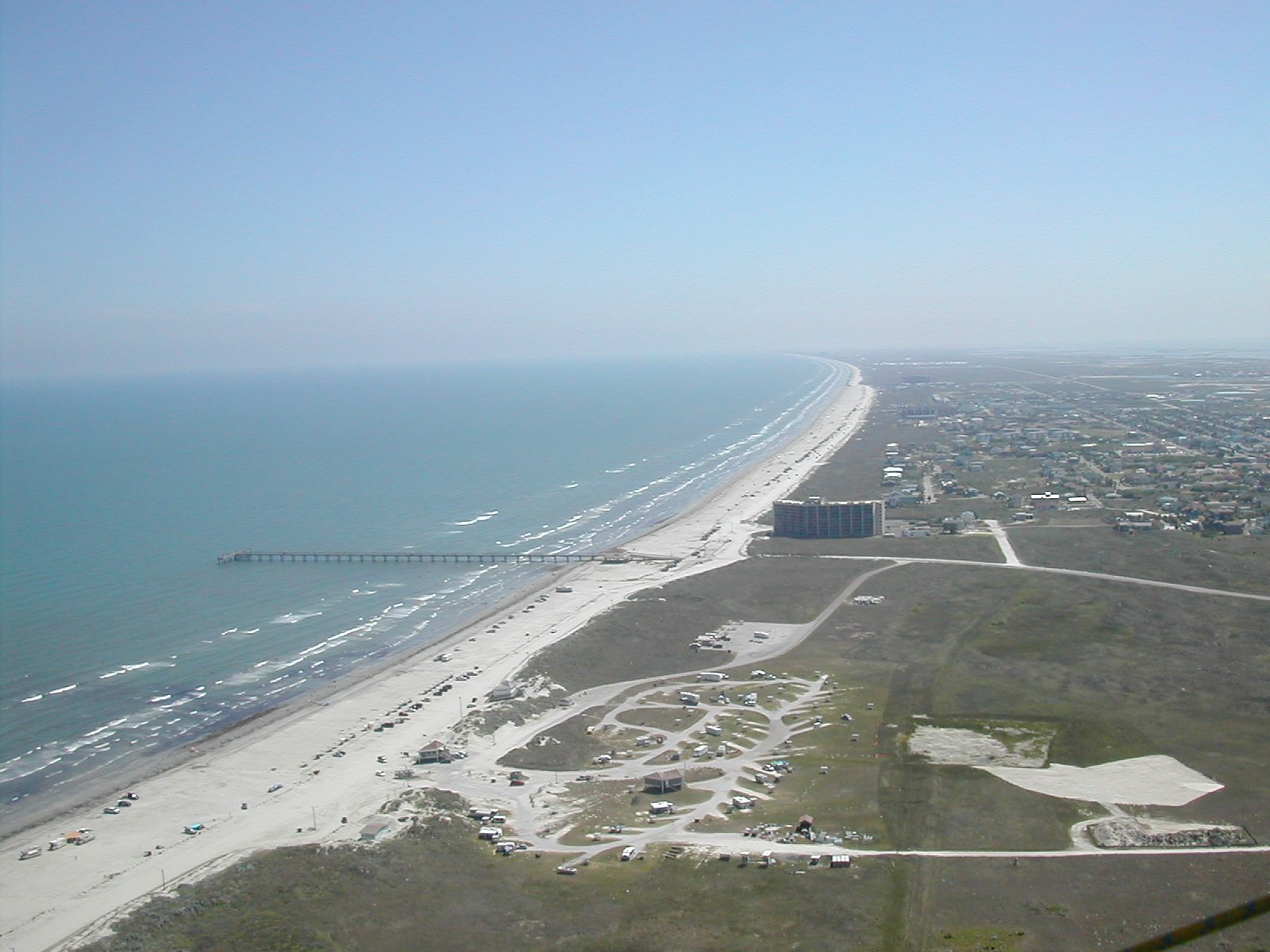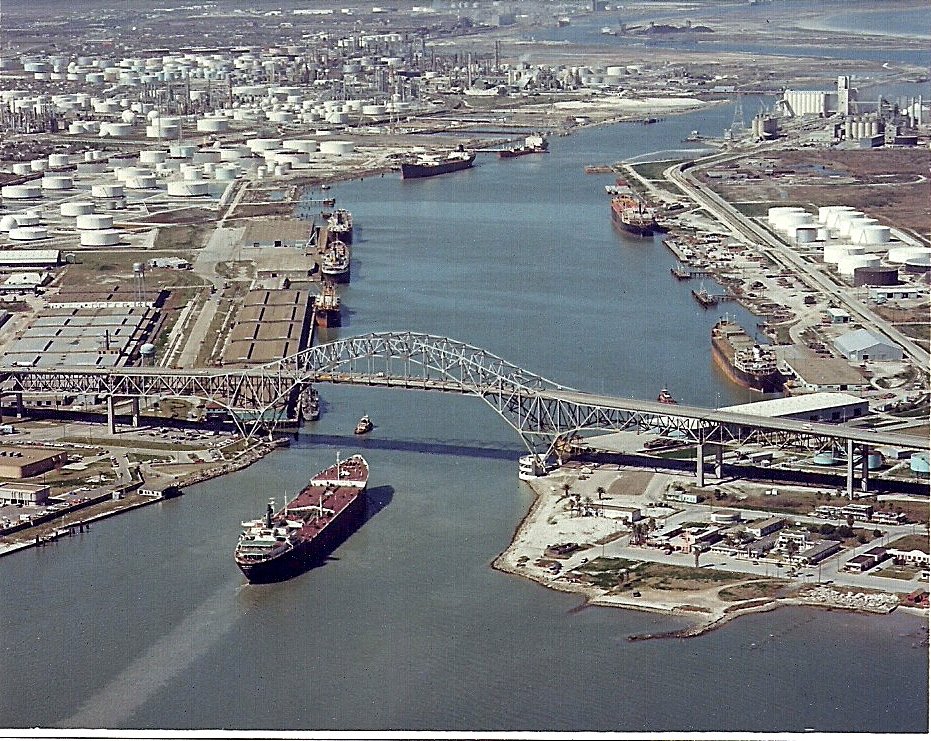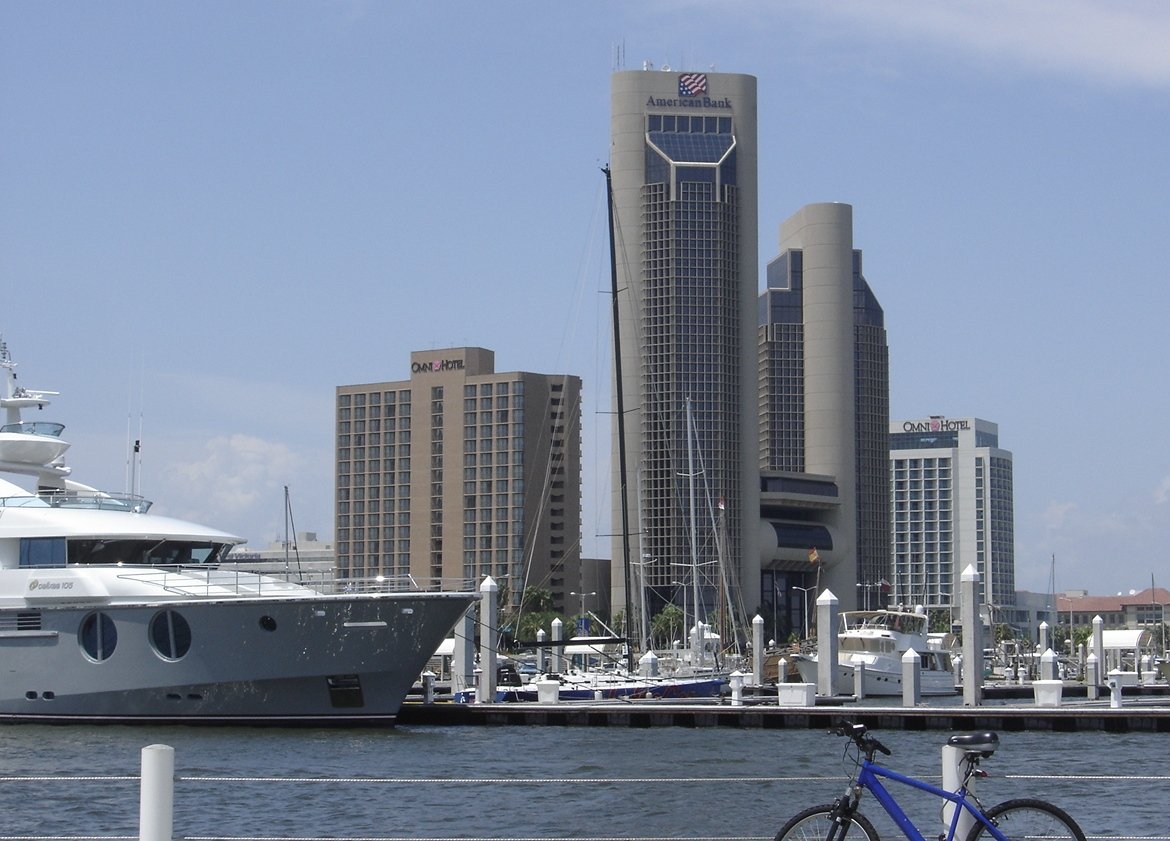Investor's Overview of 2023 Corpus Christi Real Estate
Check out what's happening in Corpus Christi that may influence real estate investment potential, zoning, and why people are moving there.
Corpus Christi is the largest city on the Texas coast. It is home to numerous industries and the fifth-largest port in the United States. The city has experienced steady growth over the past few decades. Real estate is more affordable in the Corpus Christi area when compared to other large Texas cities, although data suggest that home prices have gone up since 2022.
The area surrounding Corpus Christi includes several smaller towns that cater to beach-going tourists. All of these factors make Corpus Christi an appealing site for investors in both residential and commercial real estate. This may include new construction and fix-and-flip investments, particularly in a newly-designated area on Padre Island.
Recent happenings affecting real estate investment potential
Photo by dwh1974@hotmail.com on Wikimedia Commons [Creative Commons]
An area of Padre Island facing Corpus Christi Bay appears to be the most promising area for both residential and commercial investment. The city adopted a final Padre/Mustang Island Area Development Plan in June 2021, which provides for new residential and commercial development in keeping with the city’s goal of preserving the island’s character.
Out of 21,744 acres, the plan allocates land as follows:
495 acres for mixed-use development
404 acres for commercial development
1,162 acres for low-, medium-, and high-density residential use, with medium-density accounting for the largest share (877 acres)
A substantial amount of the land in the plan area provides the opportunity for waterfront properties.
The largest land-use category in the plan, after water and “permanent open space,” is “planned development,” which will account for 3,787 acres. This term refers to land that is “currently undeveloped or underutilized” but shows promise for future use. The plan notes that rezoning may be necessary for much of this area.
The city has already approved at least one significant new development on Padre Island. A 240-acre tract, located on the site of a former Schlitterbahn water park, will feature over 600 residential lots. It will also set 50 acres aside as a nature preserve.
Zoning in Corpus
Photo by Jay Phagan on Wikimedia Commons [Creative Commons]
The Corpus Christi United Development Code (UDC), adopted by the city council in 2011, contains the city’s zoning laws. Notable features of the city’s zoning include the following:
Resort Commercial Districts: The UDC states that areas with this designation should provide indoor, outdoor, and “water-oriented” activities that “reflect the character of a resort area.”
“Light” and “Heavy” Industrial Districts: The city’s zoning distinguishes between unobtrusive industrial activities and those that might be “noxious or offensive due to odors, smoke, dust, noise, fumes or vibrations.” Heavy industrial facilities may not be located next to residential areas.
Island Overlay: This designation covers the parts of the city located on Padre Island. Its intent is to ‘preserve the characteristic nature of a barrier island of scenic and economic importance to the City.”
The city council adopted an ordinance in 2022 that regulates short-term rentals (STRs), defined as any rental for a period of fewer than 30 days. Real estate investors considering the vacation rental market in the Corpus Christi area should pay close attention to this issue.
The STR ordinance prohibits the use of single-family residences as STRs on Padre Island. Single-family homes elsewhere in the city may serve as STRs, subject to a cap on the number of STRs per city block. Owners must register with the city and pay a fee. As of January 1, 2023, the fee is $250.
What’s bringing people to Corpus Christi right now?
Photo by Zereshk on Wikimedia Commons [Creative Commons]
According to the 2020 U.S. Census, Corpus Christi had a population of almost 318,000 people. Estimates of the city’s population in 2023 range from 320,000 to 350,000. The three-county Corpus Christi metropolitan area has an estimated population of almost 423,000 people in 2023.
The area has not seen its population grow at the rate of cities like Austin or San Antonio, which routinely appear on lists of “fast-growing cities.” Still, the Corpus Christi area has been a consistent center for population and industry on the Texas coast for decades. Growth estimates for the city put it at close to 400,000 residents in just over a decade.
The biggest sectors of Corpus Christi’s economy are tourism and petrochemicals. Numerous oil companies and chemical manufacturers operate facilities in or near the city, particularly in the port area.
Tourist attractions in Corpus Christi include the Texas State Aquarium and the U.S.S. Lexington, which was first launched during World War II and has operated as a museum since 1992. Beaches are probably the biggest draw, though. The city limits extend to Padre Island, a barrier island with beaches on the Gulf of Mexico. Several resort communities are also located nearby. Port Aransas, for example, is a beachfront town on nearby Mustang Island. Rockport, located further north on Aransas Bay, is a popular destination for fishing, boating, and other aquatic activities.
Photo by Skaarup.HA on Wikimedia Commons [Creative Commons]
Corpus Christi: quick demographics
Relevant demographics for Corpus Christi include:
Median income of $59,993
Median home value of $157,400
Median rent of $1,099 per month
Homeownership rate of 57%
48th in the nation, out of 228, for “Lowest Cost of Living in America”
Redfin reports a median home sales price of $262,000 as of mid-April 2023.
Get funded with Capstone Capital Partners
As experienced Texan investors ourselves, we know and love Corpus Christi. Competitive markets demand competitive lenders. Capstone eliminates barriers to qualifying for loans and guides borrowers to the closing table quickly. Plus, your loan will stay in house for servicing with the same friendly service during your purchase.
Getting started is easy. Answer a few questions about your project and goals. We’ll reach out to discuss your best options!




